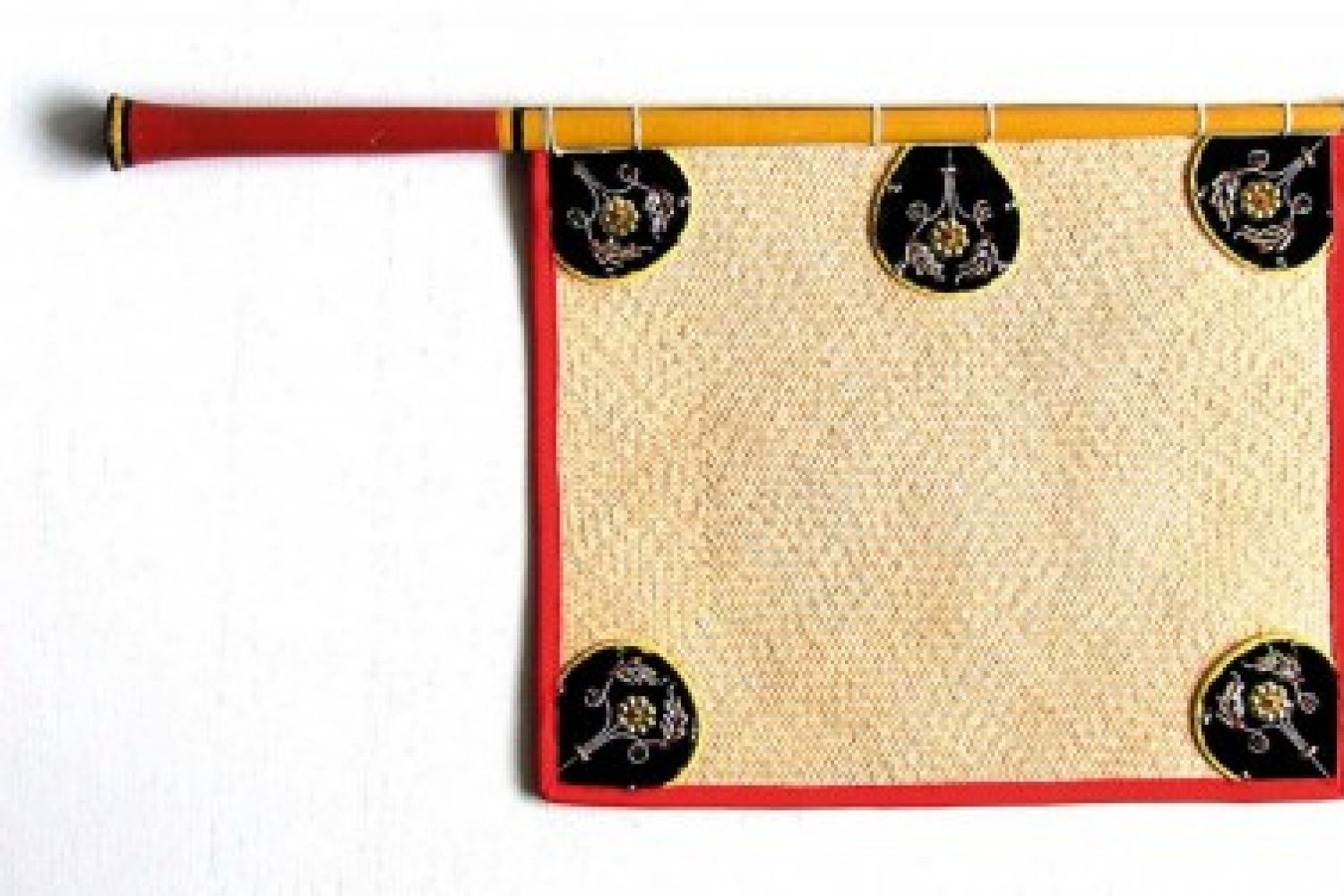
The artisan starts
off with three moulds: base, middle portion, and top. The moulds are placed in
a three-tier wooden box which is stuffed both inside and outside with fine
clay. It is left to dry, after which the moulds are taken off and molten brass
poured inside. They leave it to rest. Within minutes the brass takes shape.
What emerges is the lota, the timeless vessel, a marvel of design and physics.
Like a good story, it contains a beginning, middle, and end—parts which make
the whol





